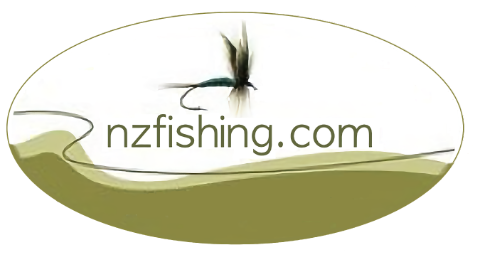Mararoa River
|
The Mararoa River is a fast flowing medium-sized river that has a very good stock of brown and rainbow trout. It has several distinctly different types of water along its length and so will offer something for all anglers and skill levels. A very attractive medium sized water to fish. |
|
||||||||||||||||||||||||||||||||||||||||||||||||||||||||||||||||||||||||||||||
Other fishing waters of the region
NZFishing.com
NZFishing.com is the complete guide to New Zealand trout and salmon fishing.


